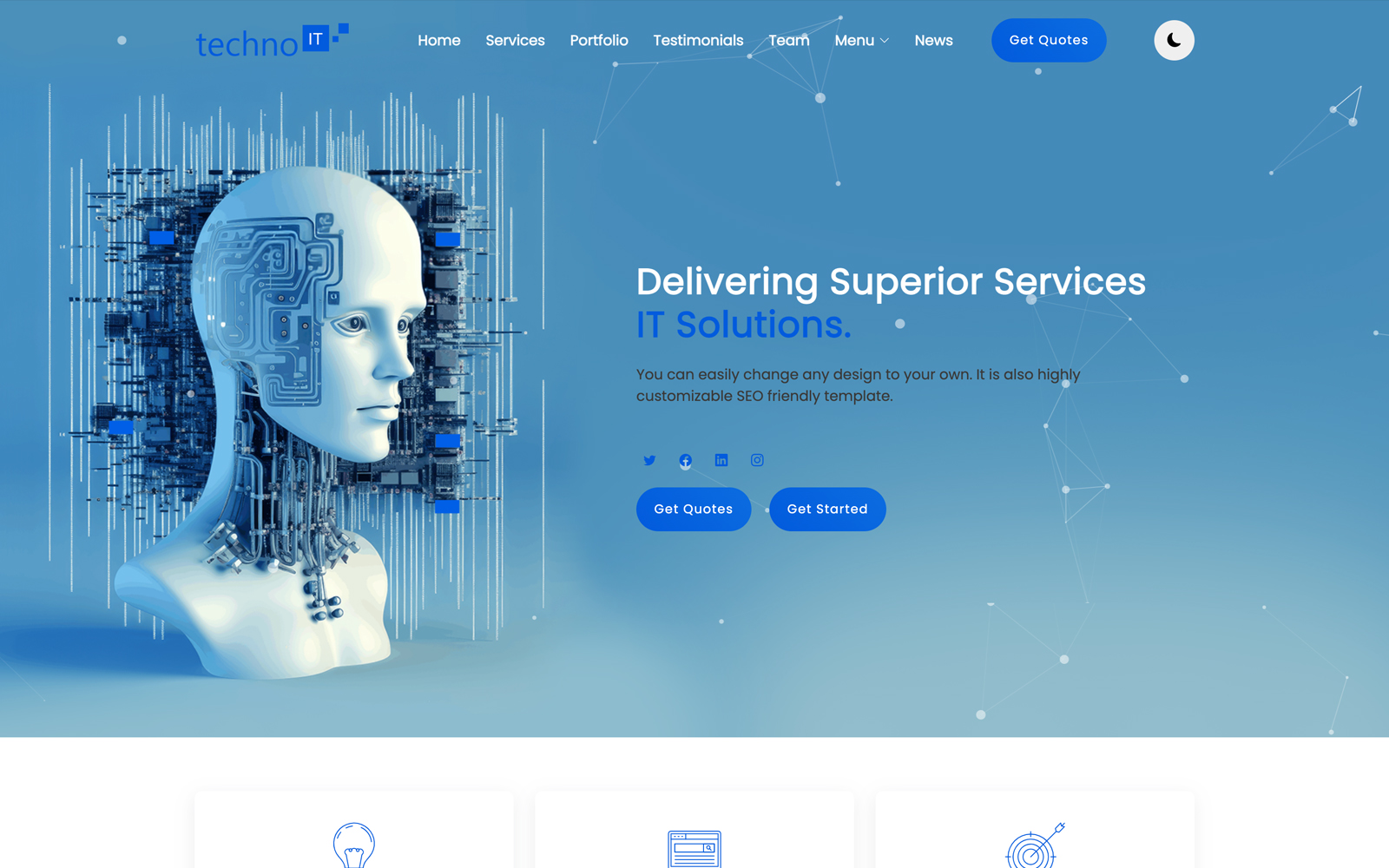Artificial intelligence is no longer a futuristic concept—it’s a core part of how businesses operate in 2025. From recommendation systems and voice assistants to fraud detection and self-driving cars, AI is transforming every major industry in the United States. Behind most of these innovations is one powerful programming language: Python.
Python is widely considered the best language for developing artificial intelligence and machine learning applications. It’s simple, readable, and backed by a massive ecosystem of libraries and frameworks tailored for AI development. In this article, we’ll explore why Python remains the top choice for AI engineers, data scientists, and machine learning professionals in 2025.
Simplicity and Productivity
Python’s syntax is clean and easy to read, making it ideal for developers and researchers who want to prototype and test AI models without dealing with unnecessary complexity. This simplicity accelerates development and allows teams to focus on solving real-world problems instead of debugging code.
Unlike other lower-level languages such as C++ or Java, Python enables faster development cycles, which is critical when working with complex AI models and large datasets.
Massive AI and ML Ecosystem
Python’s true strength in AI comes from its ecosystem. In 2025, the most popular machine learning and AI libraries are still built with Python at their core. These include:
- TensorFlow: A deep learning framework developed by Google, ideal for neural networks, image processing, and natural language understanding
- PyTorch: A powerful library developed by Meta that has become a favorite among researchers for its flexibility and ease of use
- Scikit-learn: A go-to tool for classical machine learning algorithms such as regression, classification, and clustering
- Keras: A high-level neural network API that simplifies building deep learning models
- OpenCV: A powerful library for real-time computer vision applications
- NLTK and spaCy: Libraries focused on natural language processing and text analytics
These tools help developers in the US build production-grade AI applications faster and more reliably.
Strong Integration with Data Science
AI and machine learning depend heavily on data. Python excels at working with data due to its strong support for data analysis and manipulation. Libraries like Pandas, NumPy, and Matplotlib make it easy to clean, process, and visualize data before training models.
Python also works seamlessly with data platforms like SQL, MongoDB, and cloud services including AWS, Google Cloud, and Azure—making it ideal for enterprise-level data-driven solutions.
Popular in the US Education and Job Market
In the United States, Python is the primary language used in most university AI courses and bootcamps. Major institutions like Stanford, MIT, and UC Berkeley use Python in their AI and deep learning curriculums. This widespread adoption in education means that companies hiring AI engineers are already structured around Python-based tools and workflows.
Job platforms like LinkedIn and Indeed list thousands of US-based roles requiring Python for AI development. These roles include titles like Machine Learning Engineer, Data Scientist, AI Researcher, and NLP Engineer, with salaries ranging from $120,000 to $200,000+ depending on experience and location.
Rapid Prototyping and Deployment
Python allows developers to quickly build prototypes, experiment with ideas, and move into production faster. Frameworks like FastAPI and Flask make it easy to deploy machine learning models as APIs or integrate them into web applications.
In industries like finance, healthcare, and logistics, this rapid prototyping capability is a huge advantage, enabling businesses to test and implement AI solutions quickly without long development cycles.
Active Community and Ongoing Innovation
Python has one of the largest developer communities in the world. For AI and machine learning, this translates into a rich ecosystem of open-source tools, up-to-date documentation, and expert forums. US-based companies and developers contribute significantly to this growth, ensuring Python stays at the forefront of innovation.
Whether you’re building a voice assistant, fraud detection model, or intelligent chatbot, chances are you’ll find a Python package or GitHub project that accelerates your development.
Final Thoughts
Python’s dominance in AI and machine learning is no accident. It offers the perfect combination of simplicity, power, community support, and integration with the latest research and production tools.
In the US, Python is now the default choice for AI developers—from researchers in Silicon Valley to engineers in fintech, healthcare, and education. If you’re looking to start or grow your career in artificial intelligence in 2025, mastering Python is not optional—it’s essential.







